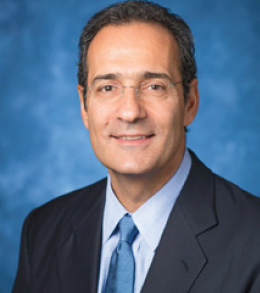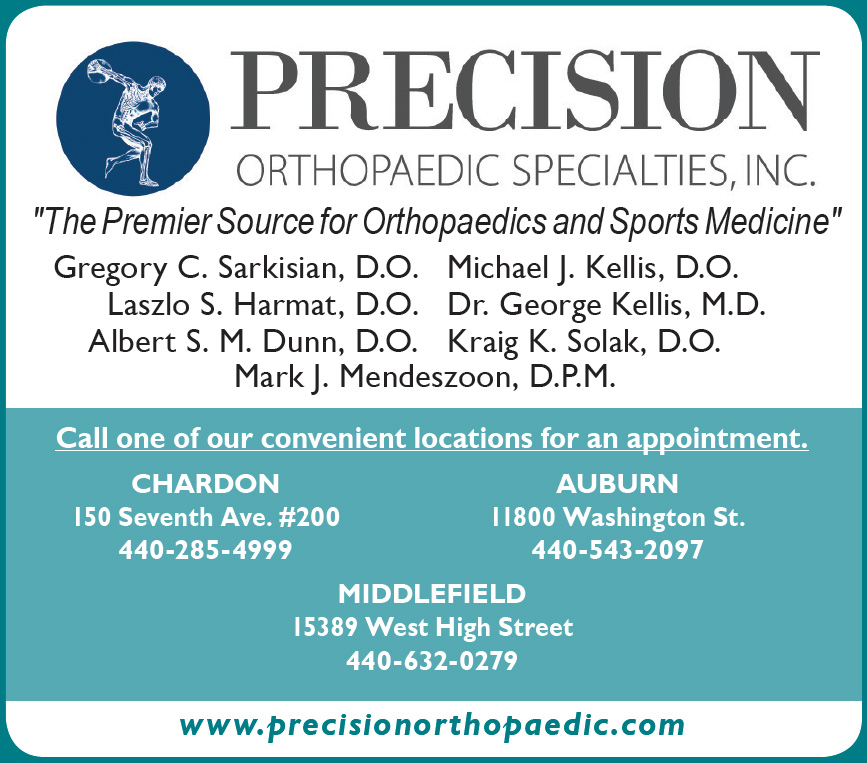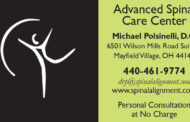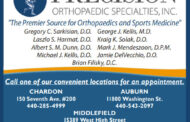 George J. Kellis, M.D. is a board certified orthopaedic surgeon. He is a founding partner of Precision Orthopaedic Specialties, Inc., which was established in 1991.
George J. Kellis, M.D. is a board certified orthopaedic surgeon. He is a founding partner of Precision Orthopaedic Specialties, Inc., which was established in 1991.
Specializing in: Spine Surgery, General Orthopaedics and Joint Replacement
A recognized leader in orthopaedics, Dr. Kellis is a fellow of both the American Academy of Orthopaedic Surgery and the North American Spine Society.
Dr. Kellis treats the complete spectrum of orthopaedic conditions utilizing progressive techniques. He performs the full range of joint replacement and spine surgeries, which includes microdiscectomy, spinal fusions with intervertebral cages and pedicle screws, disc replacement, pain pump implantation, spinal cord stimulators and kyphoplasty.
Dr. Kellis is accepting new patients at Precision’s Chardon and Middlefield Offices.
By George J. Kellis, M.D.
Thomas Jefferson is quoted to have said, “Walking is the best possible exercise. Habituate yourself to walk very far.” There is great truth in this simple phrase. A walking program will keep weight off, decrease the risk of developing diabetes, and keep the heart and lungs healthy. But as we age three common conditions can impair our ability to walk. These are arthritis of the hips, arthritis of the knees, and spinal stenosis. Fortunately, much can be done to treat these conditions.
Arthritis of the hips and knees often begins in our 40s. Early treatment focuses on weight loss to relieve stress on the joints, exercise to strengthen the muscles around the joints, nutritional supplements, medications, and injections with either ”lubricating gels” or steroids. I have as well, over last few years, been using stem cell treatments trying to reverse the damage caused by the arthritis. This cutting edge technology works best when the arthritis is not too advanced.
For advanced disease, hip and knee replacements can be done. These are considered by many of us to be among the most successful procedures in orthopedic surgery. The very vast majority of patients experience great pain relief and a return to a high level of activity. Walking once again becomes an enjoyable part of life.
The third condition that often keeps people from walking is spinal stenosis. This problem can be missed even by experienced physicians. Patients develop pain in the low back and legs with standing and walking, often along with numbness and weakness in the legs. The patient must sit to relieve the symptoms. After a short rest, walking and standing can be resumed.
Spinal stenosis occurs when spinal nerves are compressed by arthritic changes, mal aligned vertebrae, cysts, and disc herniations. The diagnosis is made by examination, followed by MRI. Treatment often begins by using therapy to help create room for the nerves and to strengthen the body’s core muscles. Medications and injections can be helpful. Lumbar braces can provide support to the weakened spine. If the compression is advanced, microsurgery can decompress the nerves, remove cysts, and stabilize mal aligned bones in the spine helping to return patients to a more active lifestyle.
So walk for health! Start slowly and increase distance and speed as the weeks go by. Watch the pounds come off and strength return. And seek out care for those conditions that keep you from walking as the benefits of treatment are truly worthwhile.
























